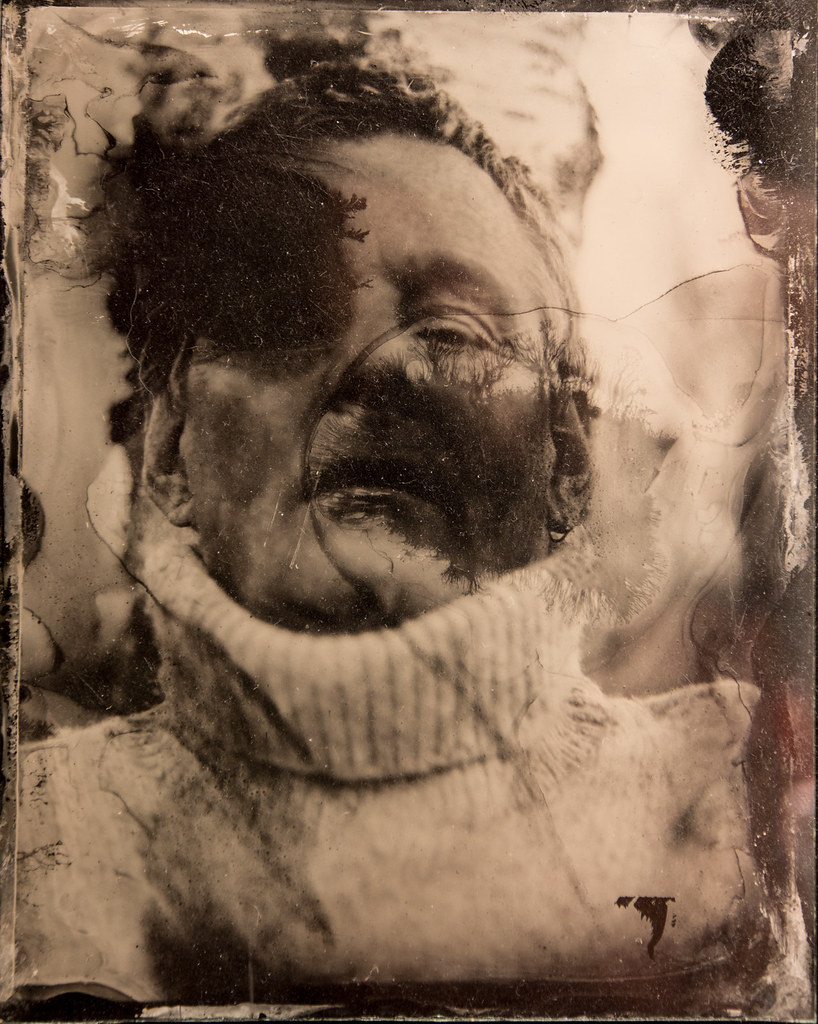The Camera Obscura is a natural Phenomenon, and has a long history. In its simplest form it is a small hole (aperture) through which light passes from an object outside into a darkroom. The image appears upside down on the wall opposite the hole.
The size of the hole will affect the sharpness of focus and the brightness of the image (look here, here and here to make your own camera obscura).
|
In the 4th Century BC Aristotle wrote about the phenomenon. Around the same time Mohist philosophers in China also noticed the phenomenon.

The artist David Hockney has written a book and a documentary called ‘Secret Knowledge’ where he suggests that the Camera Obscura was used by renaissance artists.
The documentary can be watched here – 'Secret Knowledge or here

This image is by Masaccio painted in 1426. To our modern eyes it may seem crude and unrealistic. The colours are flat and the image lacks depth. There is a stylised quality to the image. It is actually a beautiful painting - Masaccio was the first great painter of the Italian Renaissance. A lot of art from cave paintings to Egyptian art to Byzantine all have their own look (these cultures span over thousands of years) – all have elements of beauty but don’t seem real like a photograph.
The above image is by Gerrit van Honthorst in 1623 – only 200 years later. If you were to view it in black and white you are struck by its photographic quality.
It has realistic foreshortening and a strong contrast between the light and dark areas – a characteristic of the projected image. Hockney suggests this is due to the use of optics (a lens and camera obscura). Photography would not be announced until 1839 with the invention of permanent light sensitive materials.
Artists used a portable camera obscura like this to trace the images projected onto the ground glass. In the 19th century Henry William Fox Talbot dreamt of capturing the images of the world he could see on the screen. Talbot's own drawing abilities produced poor sketches. After numerous experiments he created a permanent light sensitive paper to capture the image. The term photography comes from the Greek world for ‘light’ and ‘draw’ – drawings from light.
In France rival techniques were discovered by Niépce and Daguerre. |
A pinhole camera is the simplest camera. You take a tin, shoebox, can, a wheelie or any hollow object that can be made light tight. You made a very small pin hole – and you have made a tiny camera obscura. You then load the camera with light sensitive material – film or photographic paper – and then expose it to light. If the light is good, the timing perfect and the camera kept still a image will be projected opposite the whole and captured on the sensitive material.
Alex Thrift - The British Museum, October 2009 (Taken with an old tin)
These images were taken on film using a matchbox pinhole camera here and here.
To make a pin hole camera you can look here, here and here.
|

Clifton Suspension Bridge by Justin Quinell (taken over several months on Photographic paper)
A Pinhole image has to be a Slow Shutter Speed image. By revealing the pinhole light starts to pour into the camera - 4 seconds, 12 seconds, 30 seconds etc. We see much quicker than this – Our eyes seem to see things as they happen. However, in a slow shutter speed or pinhole image people blur if they move, or appear more than once – as the light reflected is distorted and marks the light sensitive paper.
This image above is by Charlie Cho and his first try at Solargraphy (The idea is to capture the motion of the sun over the course of a long period). He used a pinhole camera crafted out of an empty 35mm film canister (black), tinfoil, electric tape, and a sheet of Ilford photographic paper. With an Exposure of about 12 hours, from 5AM EST to 4:30PM. We see the Sun moving through the sky.

These images are by the German Photographer Michael Wesely. He takes extremely slow shutter speed photographs – up to 3 years. Often it depends on the subject – how long it takes a building to be build, a trip on a ferry or how long it takes flowers to die. The shutter stays open to record the event and creates strange, atmospheric and ghostly images.
Steven Pippin was nominated for the Turner prize in 1999. He transformed a row of 12 New Jersey washing machines into a row of Pinhole cameras. He also altered the washing machine so instead of washing and rinsing it developed and fixed the images after they were exposed. It is a reworking of Edweard Muybridge's sequences photographs that studied human and animal movement.
Trond Kjetil Holst
|
|























